
The carob Museum in Limassol or Museum the carob mill (Carob Mill museum) the full literal name - the mill Museum carob Museum, which houses equipment from the 1900s years, once used to process fruits of the carob trees.
In those times the fruits of the carob trees was one of the main products used by Cyprus for export. Carob tree is called "Black gold" because it was highly appreciated not only in Cyprus but also abroad.
Currently, in a renovated building from the 20th century, once an employee factory, you can see part of the equipment intended for the processing of the carob tree.
Right at the entrance (formerly the first compartment) are large industrial scale with which to weigh the carob (karobi). In the same compartment the fruit passed the first selection. Foreign bodies such as pieces of wood or stones, accidentally hit the bags, I otsortirovyvaya and were thrown out. Selected large fruit, variety "Extra", otsortirovyvaya export intact intended for human consumption.
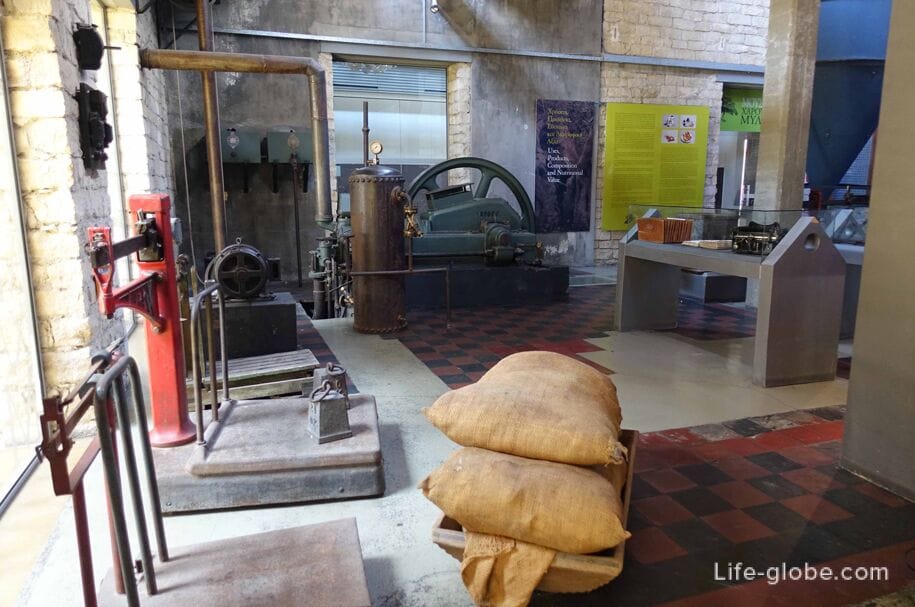
In my part of the hall of the Museum you can see a few Windows with old appliances and utensils used in the selection process, processing and sale of carob: a sewing machine for the production of bags, bags filled with carob, a typewriter, books, journals, accounting, small scales and other items and pieces of equipment of those times.
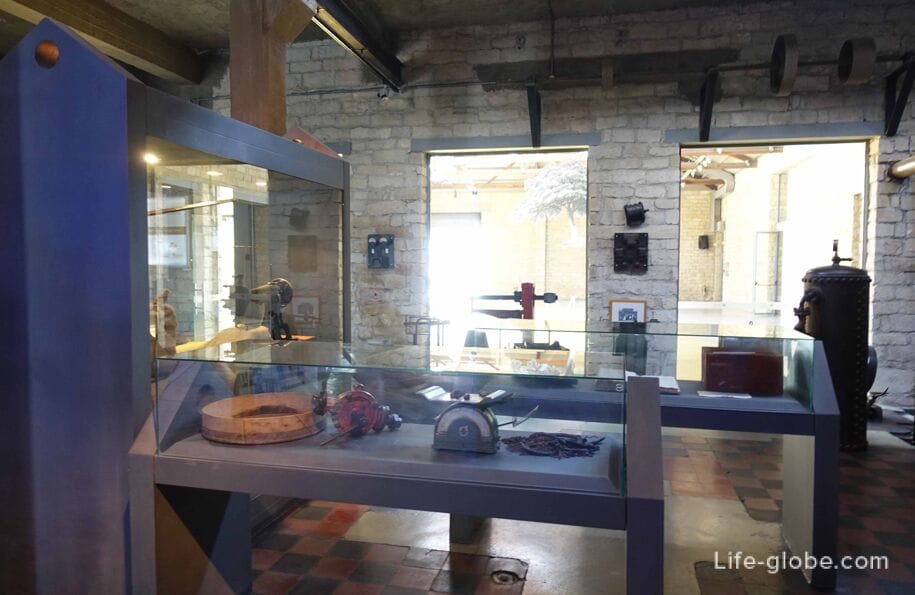
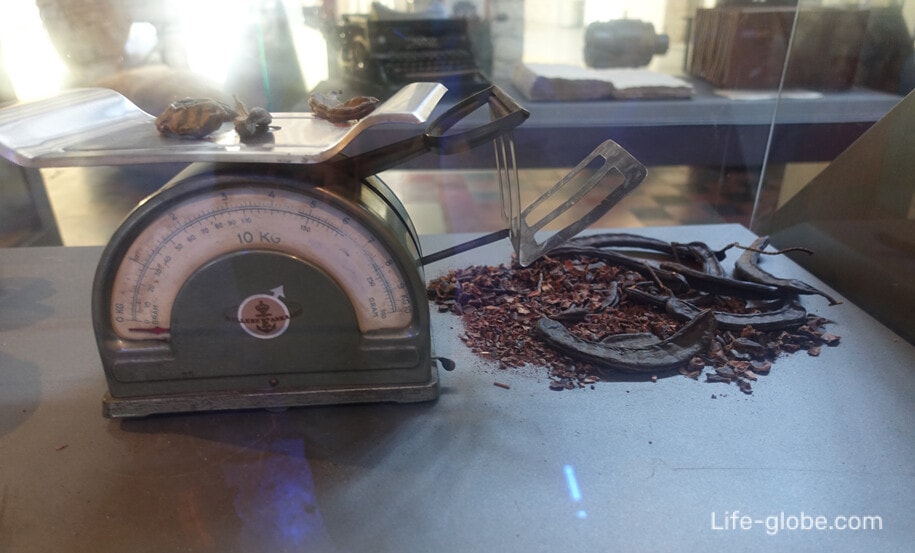

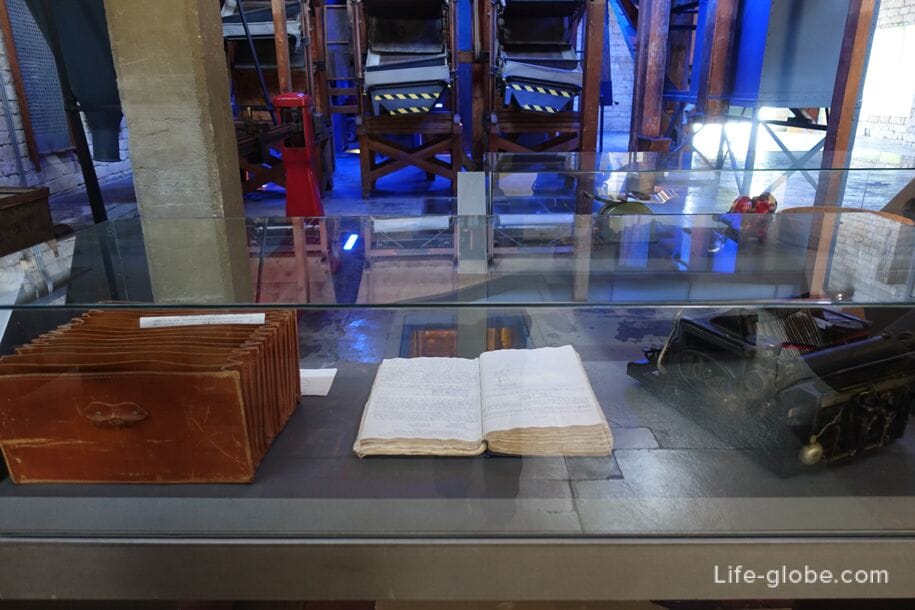
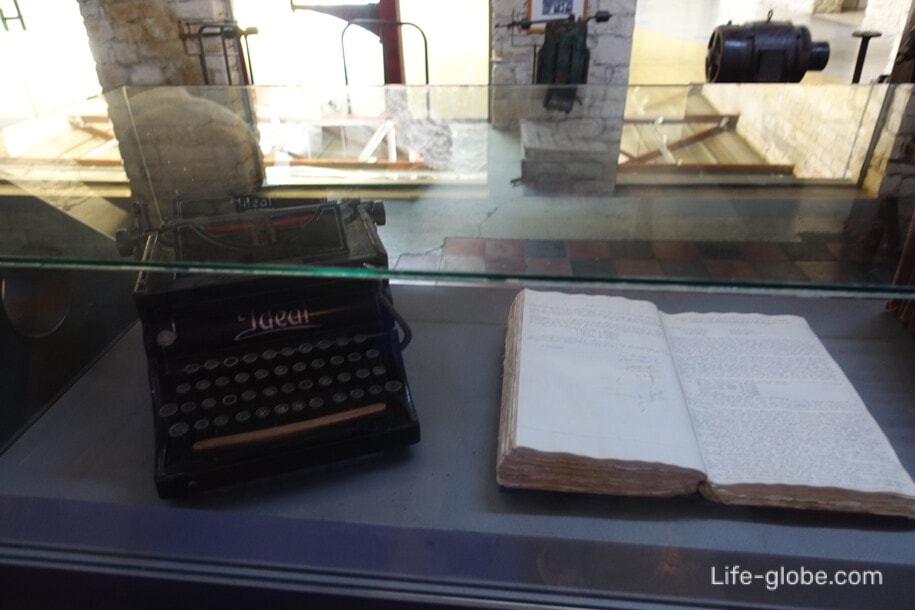

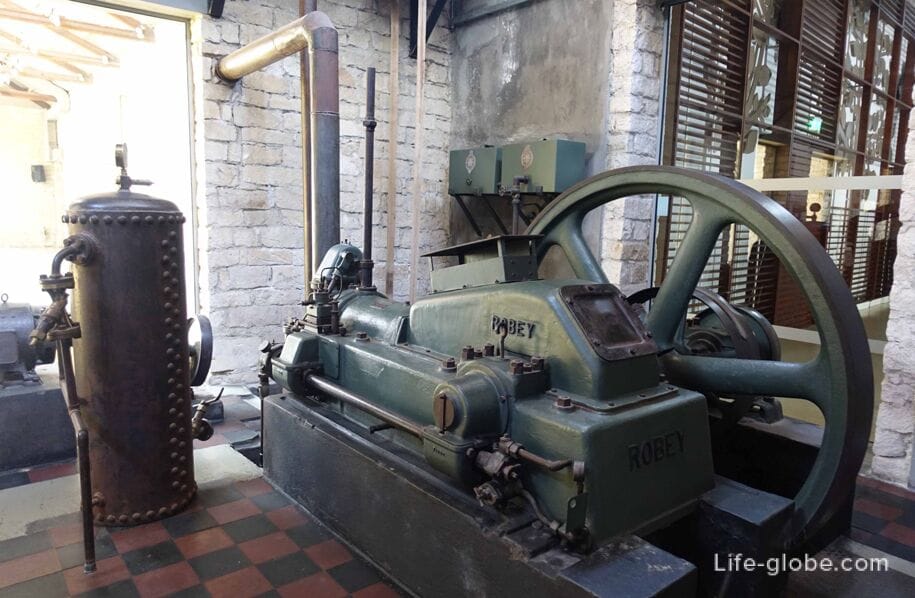
In the second part of the hall of the Museum is the mill equipment that was used for three-stage processing (processing - grinding) the remaining mass of the fruit (not selected "Extra").
This process occurs in the Central compartment of the warehouse.
The final products were three small cubes carob, flour carob seed. These products were formed in North Bay waiting for shipment. Cuba carob are exported solely for the feeding of cattle in countries such as the UK, Germany, France and Russia. Flour carob is often used as a substitute for chocolate in confectionary industry.
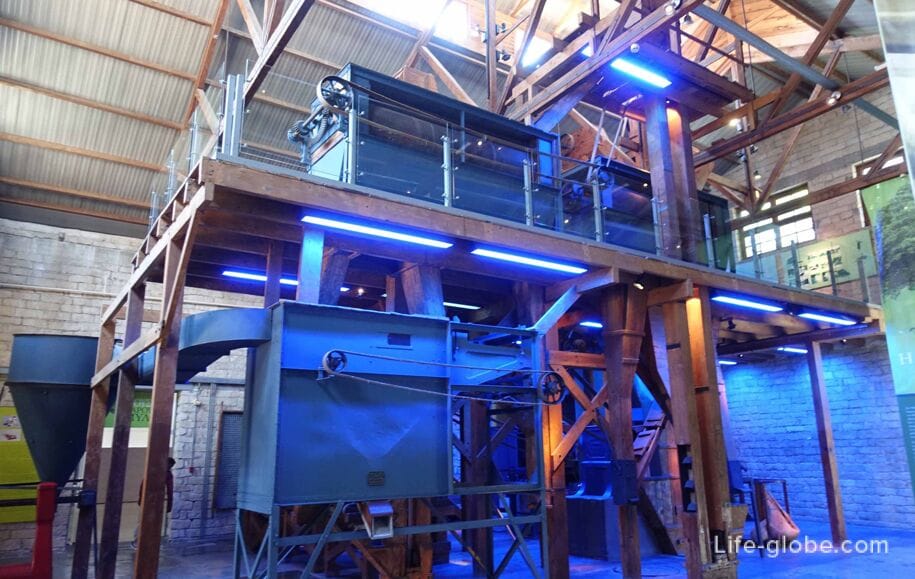

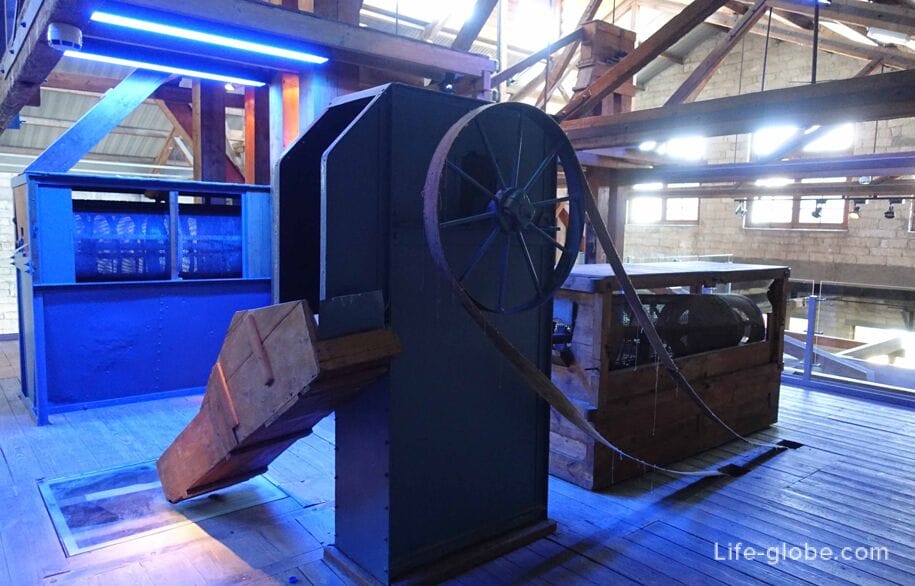
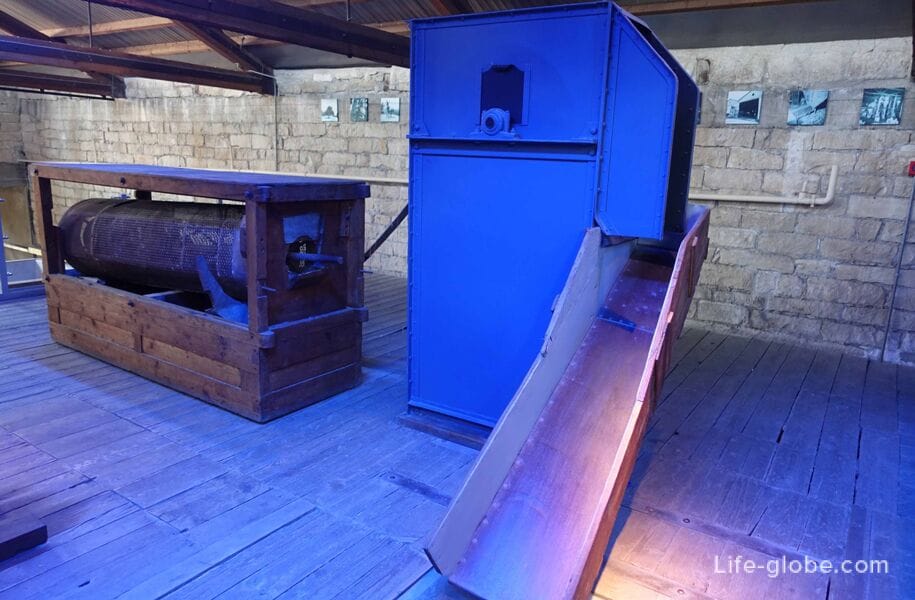
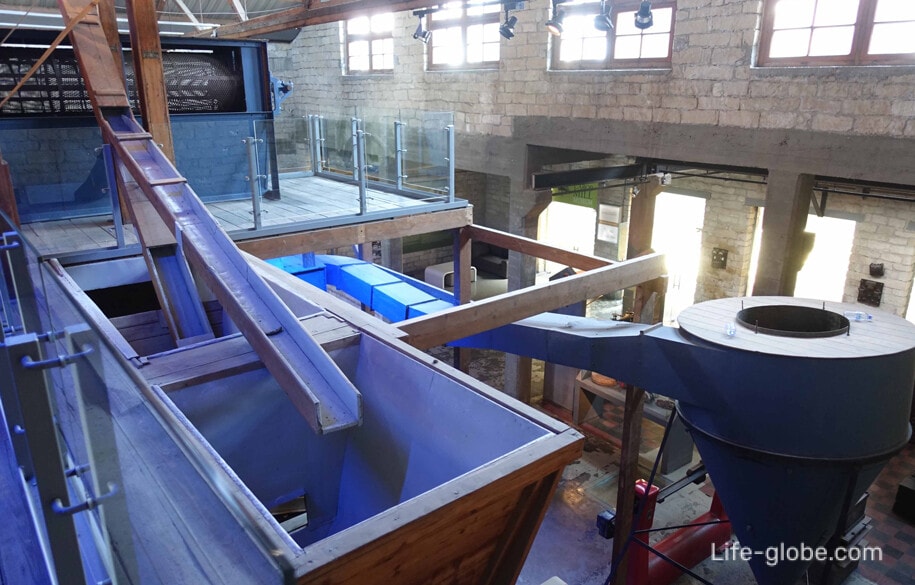
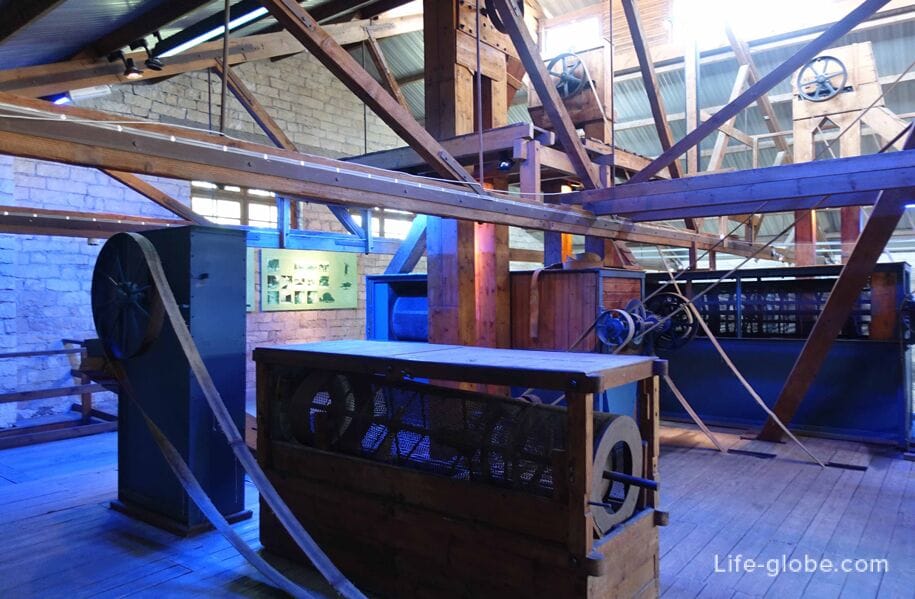

Carob trees now grow in Cyprus. Evergreen tree, ranging in height from 6 to 12 meters, with a wide spreading crown. The leaves are pinnate, dense. Beans have a length of about 10-25 cm, width 2-4 cm and a thickness of 0.5-1 cm, brown, newsrelease. In addition to seeds, they contain juicy, sweet pulp (about 50% sugar).
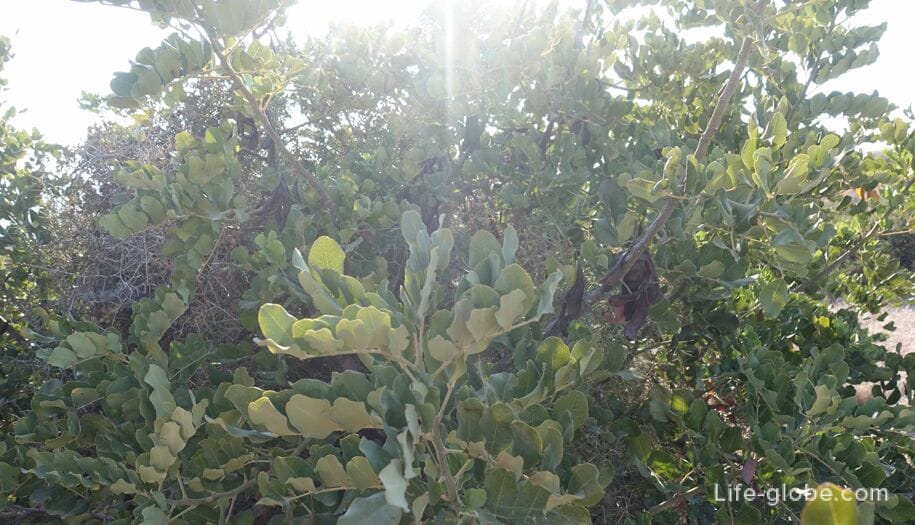
The carob Museum is located in the historical centre of Limassol, close to Limassol castle. Address: complex Lanitis carob mill street, Vasilissis, Limassol. Admission is free (complimentary).


Trading company Lanitis Ltd (founded in 1896) systematized the trade in agricultural products in Cyprus, eventually expanding it to markets outside the Mediterranean region (North Europe, Balkans).
Trade of fruits of the carob trees was converted in 1911, when the ships were loaded with fruits and processed carabali for export to England. Before that, trade was generally limited to the pool of the Mediterranean sea using sailing ships. The result Lanitis Ltd was the largest on the island of Cyprus, processor and exporter of "Black gold".
A veritable Museum of the carob tree is located in one of the shops of the old factory the companies of the Lanitis family.